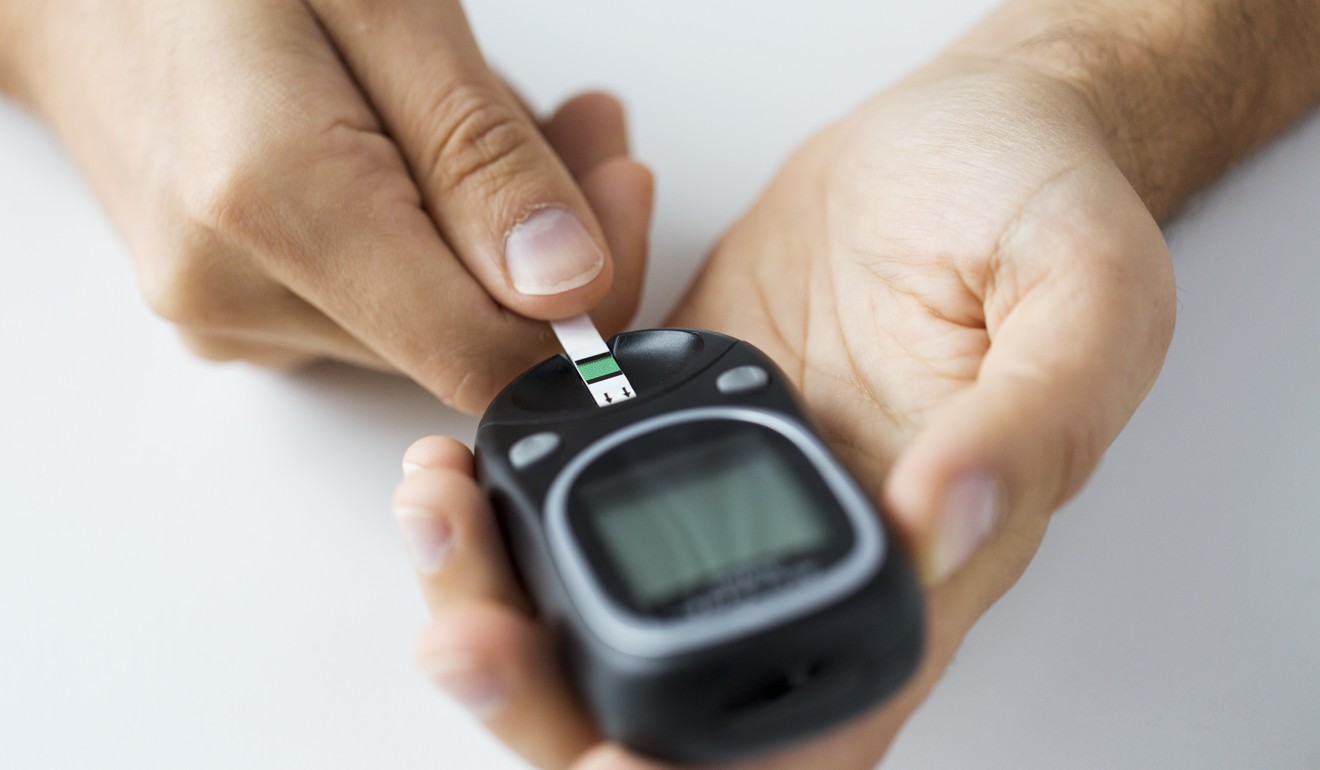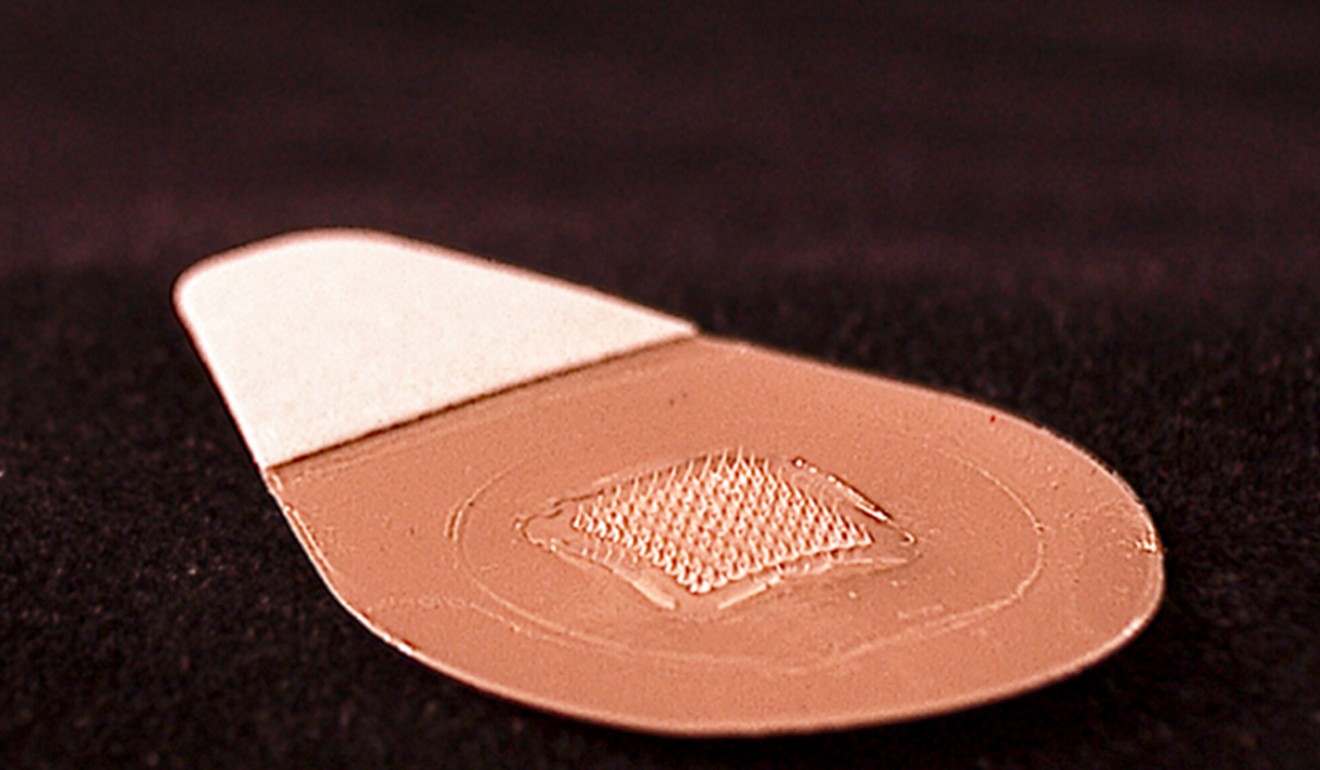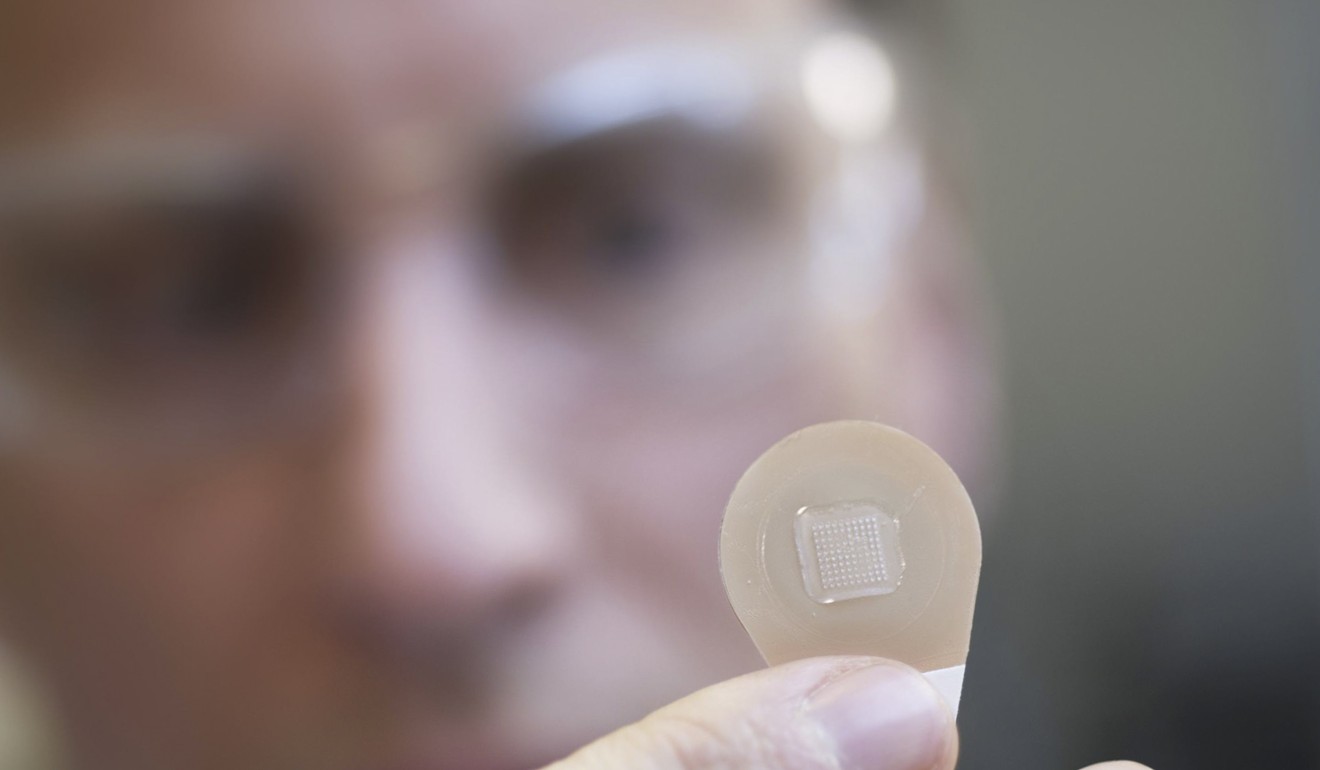
Nearly one in two Chinese have diabetes or are likely to get it, making country’s epidemic the world’s biggest
Country has rates of the metabolic illness on a par with those of the United States

China is facing the largest diabetes epidemic in the world, with around 11 per cent of its population suffering from the metabolic illness and nearly 36 per cent pre-diabetic, according to a US study.
The survey, which included 170,287 participants and was conducted in 2013, was analysed with the assistance of Linhong Wang from the Chinese Centre for Disease Control and Prevention and was published in the Journal of the American Medical Association (JAMA).
Researchers measured levels of fasting plasma glucose of each participant. Those with levels of 126 milligrams per decilitre or higher were defined as diabetic, while those with levels between 105 and 126 mg/dl were defined as pre-diabetic. People who are pre-diabetic have higher than normal blood sugar levels and without lifestyle changes are at high risk of suffering diabetes.
Hyperglycemia is a result of two anomalies – a malfunction of the pancreas which creates insulin, or the resistance of the body to this hormone. Among the diabetic population in China, 36.5 per cent were aware of their diagnosis and 32.2 per cent were receiving treatment. Among those being treated, 49.2 per cent had adequate glycemic control.

Tibetan and Muslim Chinese had significantly lower prevalence of diabetes compared to the majority Han population (14.7 per cent for Han Chinese, 4.3 per cent for Tibetan Chinese, and 10.6 per cent for Muslim Chinese).
The adult diabetic rate in China of 10.9 per cent is close to that of the United States – 9.3 per cent according to 2014 figures recorded by the Centres for Disease Control and Prevention. The Chinese prediabetic rate of 35.7 per cent was also close to the US rate of 37 per cent recorded in 2014.
With approximately 1.09 billion adults in China, some 388.1 million were projected to be pre-diabetic (200.4 million men and 187.7 million women).
Diabetes is a growing public health problem throughout the world. Some 422 million adults worldwide had diabetes in 2014, compared to 108 million in 1980, according to a report published by the World Health Organisation in 2016. Diabetes rates have increased more rapidly in low- and middle-income countries.
Diabetes is a major cause of blindness, kidney failure, heart attacks and lower limb amputations, according to the WHO. In 2012, an estimated 1.5 million deaths were directly caused by diabetes and another 2.2 million deaths were attributable to high blood glucose, according to the report. AFP

Painless, throwaway patch could replace syringe for vaccine delivery, trial shows
Vaccines delivered via a painless, throwaway patch could one day eliminate the need for needle-and-syringe flu injections, researchers have found after completing a preliminary trial.
Equipped with micro-needles, the patches vaccinated against influenza just as effectively as a standard flu jab, they reported in the medical journal The Lancet.
“This bandage-strip-sized patch of dissolvable needles can transform how we get vaccinated,” said Roderic Pettigrew, director of the US National Institute of Biomedical Imaging and Bioengineering, which funded the study. The new technology can be self-administered and stored without refrigeration, making it significantly cheaper than traditional vaccines.
“It holds promise for delivering other vaccines in the future,” Pettigrew added.

A hundred tiny needles – just long enough to penetrate the skin – embedded in each patch dissolve within minutes when exposed to moisture from the body. Adhesive holds the patch close to the skin while the vaccine is released; it can be peeled away after 20 minutes and discarded.
In first-phase clinical trials, researchers from Emory University in Georgia and the Georgia Institute of Technology randomly divided 100 adults into four groups. Three received the micro-needle patches: one delivered by a health care provider; one self-administered; and the third – delivered by a nurse – a placebo without any active ingredients. The fourth group received a classic flu jab with a syringe.

All the active flu vaccines worked equally well for at least six months, regardless of whether they were delivered by professionals or the patient, or whether they were administered by a syringe or a micro-needle. AFP
Architects, painters and sculptors see space differently from rest of us
Architects, painters and sculptors conceive space differently from other people and from each other, a new study by UCL (University College London) and Bangor University (Wales) researchers shows.
When asked to talk about images of places, painters are more likely to describe the depicted space as a two-dimensional image, while architects are more likely to focus on paths and the boundaries of the space.

“We found that painters, sculptors and architects consistently showed signs of their profession when talking about the spaces we showed them, and all three groups had more elaborate, detailed descriptions than people in unrelated professions,” said senior author Hugo Spiers (UCL Psychology & Language Sciences).
For the study, published in Cognitive Science, researchers brought in 16 people from each of the three professions . All had at least eight years’ experience, and included British artist Anthony Gormley. A further 16 participants without any relevant background acted as controls.
We found that painters, sculptors and architects consistently showed signs of their profession when talking about the spaces we showed them
The participants were presented with a Google Street View image, a painting of St Peter’s Basilica, and a computer-generated surreal scene. They had to describe the environment, explain how they would explore the space, and suggest changes to the environment in the image.
The painters tended to shift between describing the scene as a 3D space or as a 2D image. Architects were more likely to describe barriers and boundaries of the space, and used more dynamic terms, while sculptors’ responses were between the two.
Painters and architects also differed in how they described the furthest point of the space, as painters called it the “back” and architects called it the “end.”
The control participants gave less elaborate responses, which the authors say went beyond just a lack of expert terminology. EurekaAlert.com